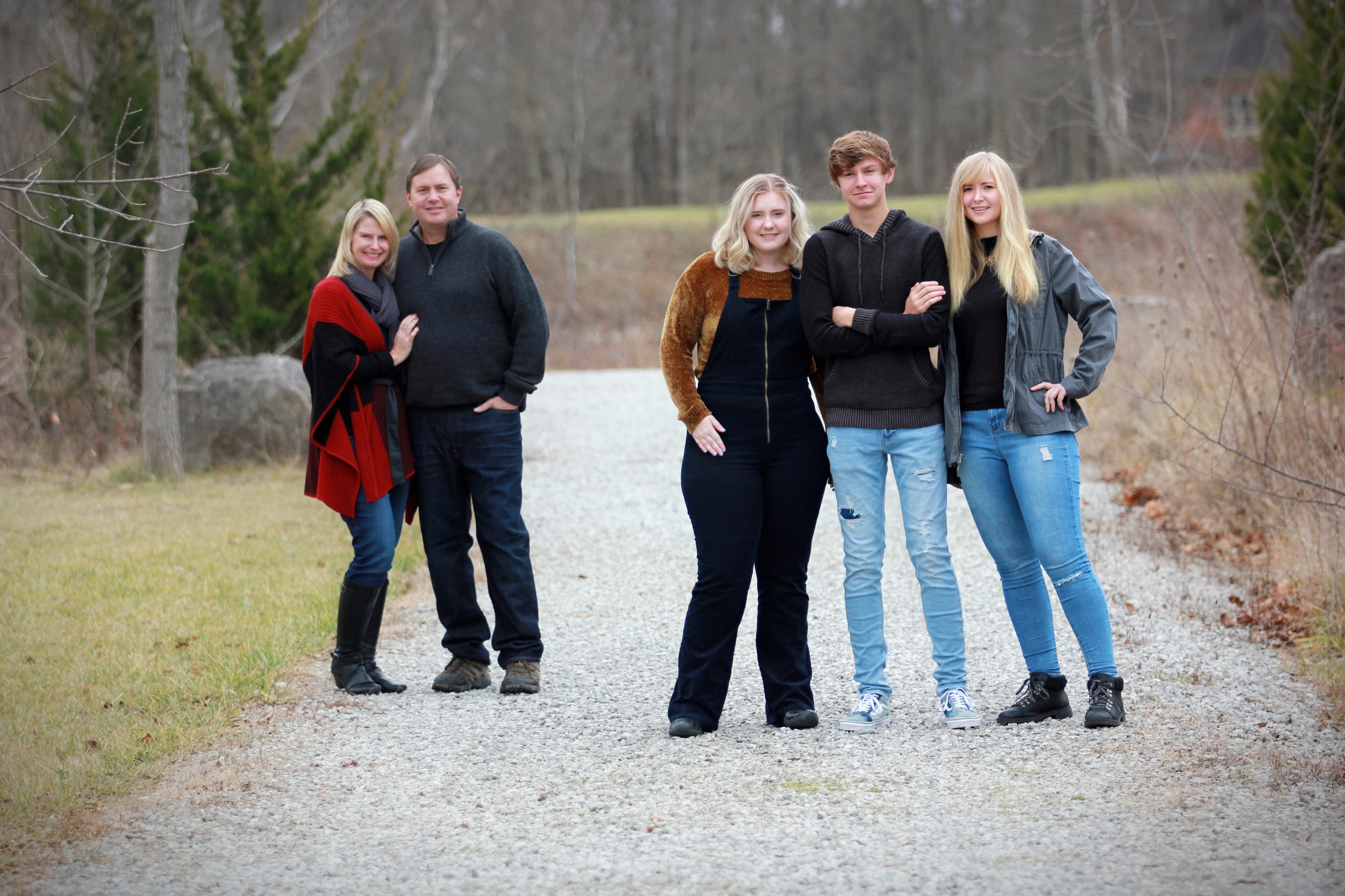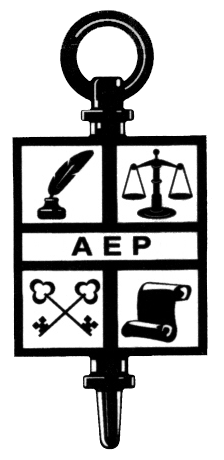What happens to my young children and teens if something happens to me?
 If you (and the other parent of your children) die and you don’t have a legal plan, the results can be tragic. The following case study illustrates what can happen without a plan:
If you (and the other parent of your children) die and you don’t have a legal plan, the results can be tragic. The following case study illustrates what can happen without a plan:
Case Study.
Bob and Judy have been married for 10 years and have three children: Elena (8), Dustin (6) and Chloe (3). They have talked to each other about the need for a legal plan and even discussed who they would want to care for their kids if something happened to them. Unfortunately Bob and Judy never legally documented their wishes.
Bob and Judy are in the car together one night. As they go through an intersection they are hit by another car. Both are killed instantly.
Bob and Judy’s kids are being watched by a neighborhood babysitter. When the police call and then arrive at the house the babysitter has no idea who should take the kids. She looks through the information Bob and Judy gave to her but it just includes their cell phones and the kids’ medical information. Not knowing where the kids should go, the state takes the kids into protective custody so the courts can sort out who should take them and be appointed their guardians.
When Bob and Judy’s families are notified of their deaths they are devastated. Most of their relatives are out of town so they make arrangements to travel to Utah. When they arrive, the kids are still in protective custody. Both Bob’s parents and Judy’s sister (and husband) think Bob and Judy would want them to care for the kids. Both are adamant that they would be the best guardians for the kids and each of them hire an attorney to petition the court for guardianship. (Actually, Bob and Judy had wanted Bob’s brother, John, and his wife to be their kids’ guardians, but John didn’t petition for guardianship because he didn’t want to offend Bob’s parents.)
Relationships between the families become tense as the attorney’s for both sides present evidence of why it is in the kids “best interest” for each side (rather than the other side) to be the children’s guardians. As part of this process, Bob’s parents try to show how Judy and her husband are unfit to be guardians because of past marital difficulties. Judy and her husband try to show how Bob’s parents are unfit because of their age, small living area and past bouts of anger. These proceedings become expensive and tensions run high between the families.
Fortunately Bob and Judy had a home, a large savings account, and a life insurance policy naming the kids as beneficiaries. Because the children are under 18, however, the court must appoint a conservator to manage the assets and life insurance money for the children. Bob and Judy’s home and savings account must go through probate — delaying any payments from these accounts to their children. This process becomes time consuming and expensive because the family does not agree on who should manage the children’s money and because Bob and Judy have creditors that must be notified and debts that must be satisfied.
In the end, Bob’s parents obtain guardianship of the kids but only after the kids have spent substantial time in state custody and the relationship between Bob’s family and Judy’s family has been substantially harmed. Also, while Bob’s parents manage the kids money, each one obtains full access to the money at age 18. As is typical when people receive inheritances at young ages, each of the kids had spent their entire inheritance within 18 months of receiving it.
Legal planning can help avoid the many pitfalls illustrated by the above example. It puts you in the driver’s seat and allows you to choose who will be your children’s guardians, who will manage their money, and when (and how) that money will be distributed to them. We focus on helping parents develop a legal plan to protect their young children and teens.







